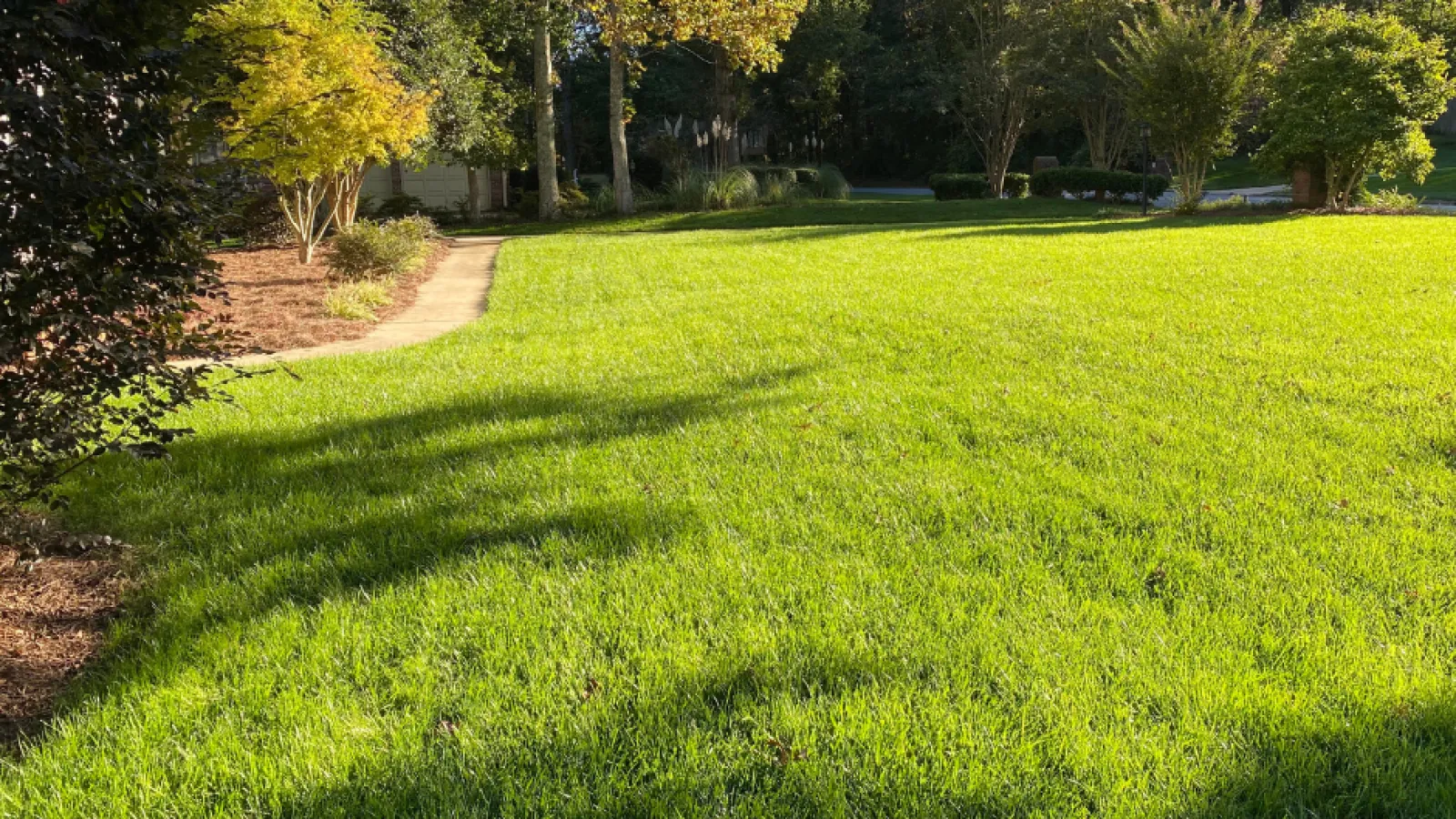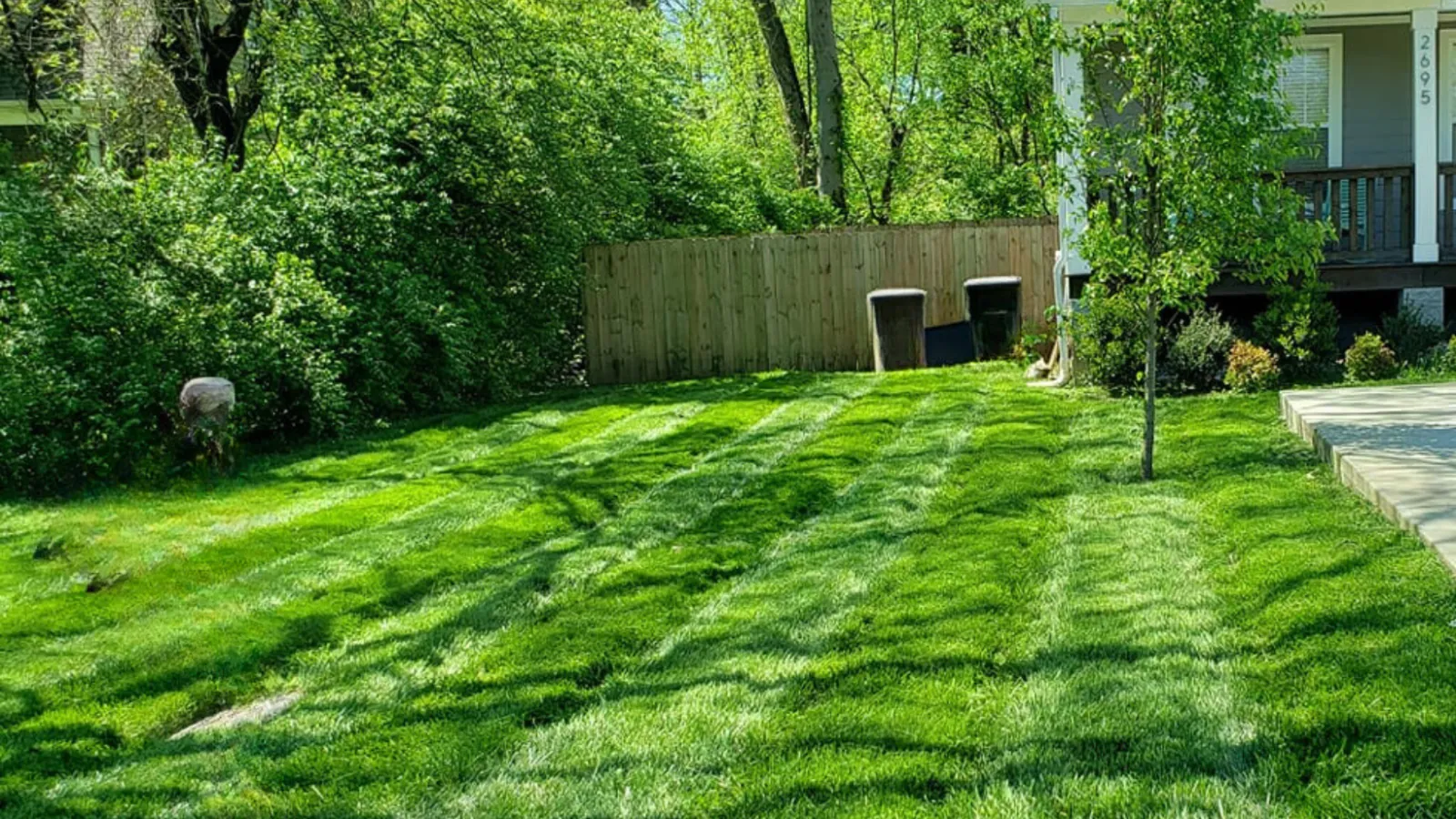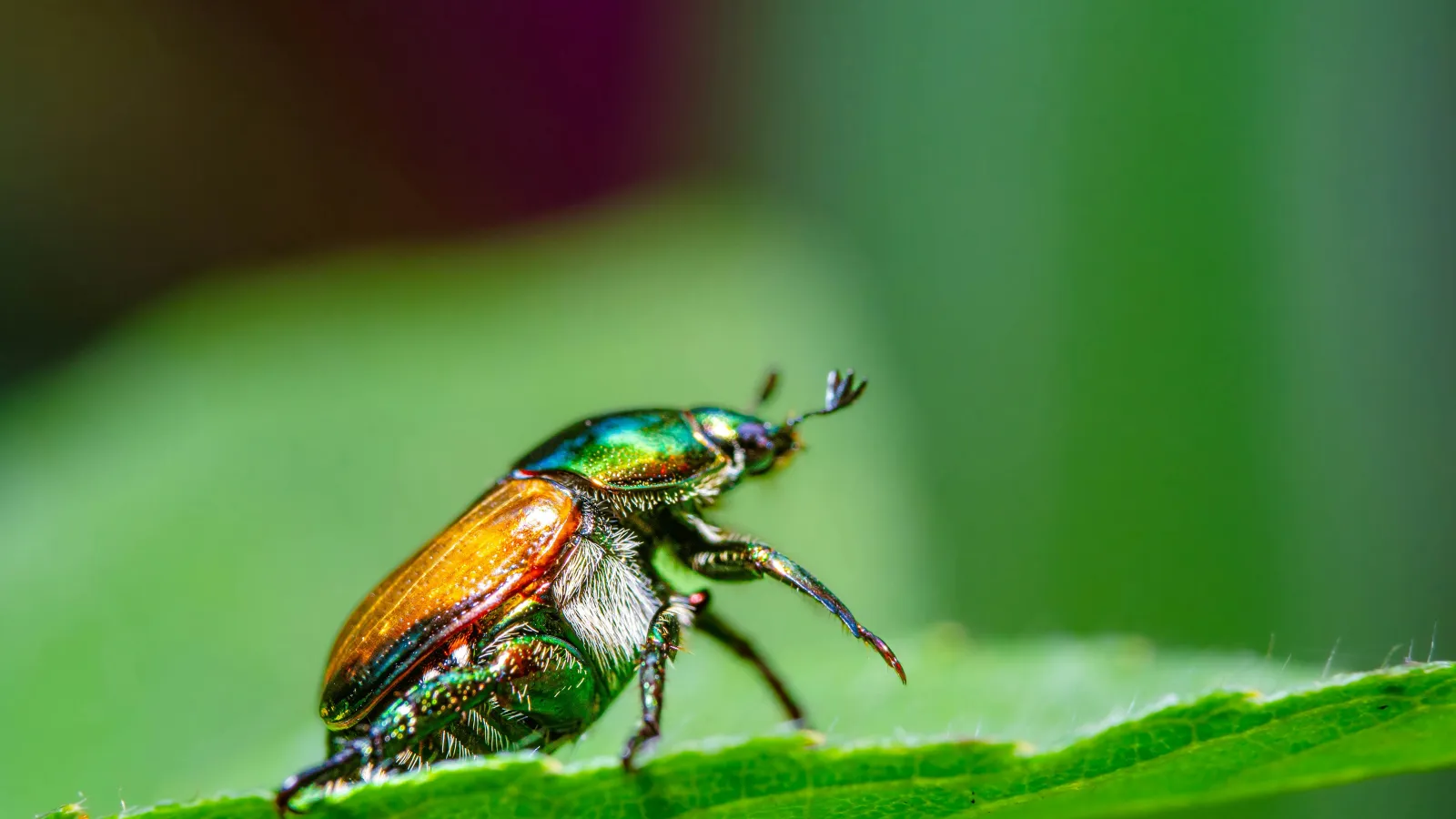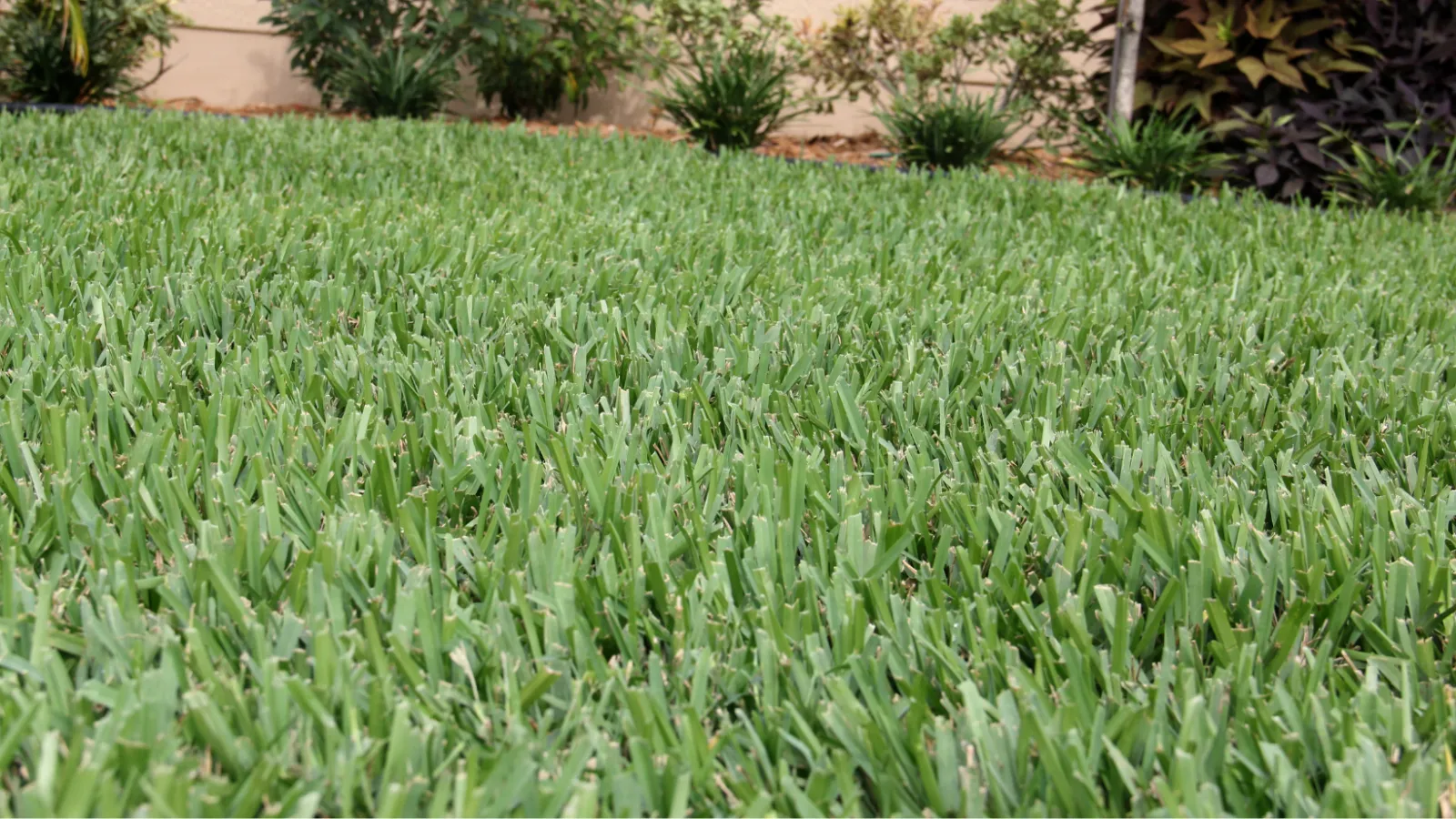
How to Care for Your Bermuda Grass Lawn
At some point you have probably looked in awe at a perfectly manicured golf course. Or maybe you’ve been impressed by the landscape in a large park with the expansive weed-free green spaces. Maybe it was just your child’s soccer field or the outfield at a baseball game. Odds are if you live in the Southeast, the turf type was Bermuda grass. The good news is you can achieve the same spectacular results on your Bermuda grass lawn.
Bermuda grass is indigenous to India and Africa, and is now available in the United States. The roots of Bermuda grass spread on top of the soil by surface roots called stolons, and underground via rhizomes, creating a dense turf. Given the right conditions, this grass spreads quickly and has decent resistance to pests and diseases.
During the winter, Bermuda grass becomes dormant, and the blades turn a tan brown until warm temperatures return in the spring..
Follow these simple suggestions to achieve a healthy, weed-free Bermuda lawn:
- Watering: Bermuda grass requires about an inch of water per week when actively growing. Deep, infrequent watering is preferable to frequent, shallow watering. The best time to water is early in the morning. Using a rain gauge will help you determine if you need to supplement rainfall by watering your lawn.
- Sunlight: Most varieties of Bermuda grass require at least 7 hours of direct sunlight per day. Even so-called “shade tolerant” varieties require at least 5 hours of direct sunlight per day. Trim low hanging branches in areas where Bermuda grass seems to struggle in shade or consider extending planting beds where this is not feasible.
- Weed Control: The best way to treat weeds is to prevent them. Turf Masters follows a University developed treatment program that recommends two rounds of pre-emergence or preventative weed control in the late winter and early spring, then two more pre-emergence weed control applications in the fall and early winter. This is because the Southeast has both warm and cool season weeds. Be sure the products you use are labeled for your grass type and that the weeds you wish to control are listed on the label. Always read and follow label directions. Understand, nothing prevents all weeds. Spot treating with a post-emergence weed control product will often be necessary. It is especially important that you choose a product labeled for use on your grass type, the weed(s) you are trying to eliminate, and the weather conditions in which you will be spraying. Otherwise, severe damage will result. Always read and follow label instructions.
- Mowing: Mowing should always be done with a sharp blade, Dull blades leave jagged tears on the grass allowing entry points for pathogens. Hybridized Bermuda varieties are best maintained at a height of 1.5 inches. Never remove more that ⅓ of the grass blade in any one mowing.
- Amending the Soil: Bermuda grass is a high user of nitrogen. A controlled release, sulfur-coated urea (SCU) fertilizer should be applied 2-3 times per year when the grass is actively growing. Be sure to make your last application no later than August. Because the soil in the Southeast is typically acidic, it is recommended that a lime application is made once per year to balance the soil pH.
- Core-aeration: Core-aeration is an important part of maintaining your Bermuda lawn. Please see the section on core-aeration on our website.
Work smarter, not harder when it comes to your Bermuda lawn. If you have any questions on caring for your Bermuda grass, reach out to us! We want to be your local resource.


